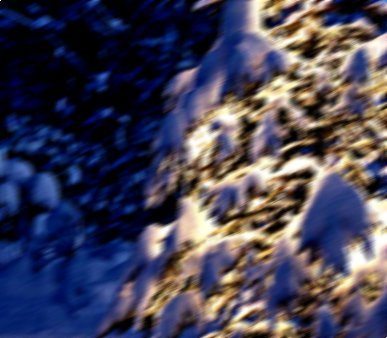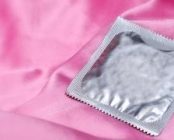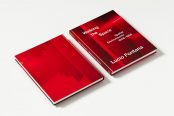[dropcap style=”font-size:100px;color:#992211;”]N[/dropcap]ano end for Christmas tree needles.
A gift for the scientist who has everything (really small)
As Twelfth Night approaches and the Christmas decorations start to look increasingly congruous as the last crumbs of cake are swept away and the remnants of the turkey have finally been consumed, there is the perennial question as to what to do with the tree. Research published in the International Journal of Biomedical Nanoscience and Nanotechnology suggests that the needles of the plant Pseudotsuga menziesii, commonly known as the Douglas fir could be used to sterilize nano devices destined for medical applications.
Chemist Poushpi Dwivedi of MNNIT in Allahabad, India, and colleagues explain that one of the most troubling problems in biomedicine is bacterial infection at the site of implanted medical devices, prosthetics and sensors. They explain that despite advances in sterilization procedures and aseptic measures pathogenic microbes can still invade biomaterials and tissues.
The researchers are developing an antimicrobial, self-sterilizing composite material derived from Douglas fir needles that is essentially a silver/chitosan bionanocomposite that can be used to safely coat medical implants and surgical devices to preclude microbial growth.
The team points out that silver nanoparticles have been tested widely for their potential as antimicrobial agents given that silver is well known to have bactericidal properties. They point out that using biological agents has come to the fore as an efficient and effective way to make novel types of silver nanoparticles with uniform size and shape and biocompatible surfaces for use in medicine. The team has now used an extract from Pseudotsuga menzietii together with silver nitrate solution to generate nanoparticles.
These particles can then be readily dispersed in chitosan polymer to make a material that can coat metals and other materials. The plant extract acts as a natural chemical reducing agent to convert the silver ions in the nitrate solution to nanoscopic silver metal particles.
“The size and the percentage of the particles produced can be easily controlled, according to the requirement, by the initial concentration of the metal precursor and volume of the plant biomass,” the team explains. So, as you are sweeping up the last fallen needles from your Christmas tree come Twelfth Night, think on, those needles could underpin the next medical shot in the arm.
[Source: “Potentiality of the plant Pseudotsuga menzietii to combat implant-related infection in the nanoregime” in Int. J. Biomedical Nanoscience and Nanotechnology, 2012, 2, 187-206. eurekalert]

The aim of art is to represent not the outward appearance of things, but their inward significance. – Aristotle




















